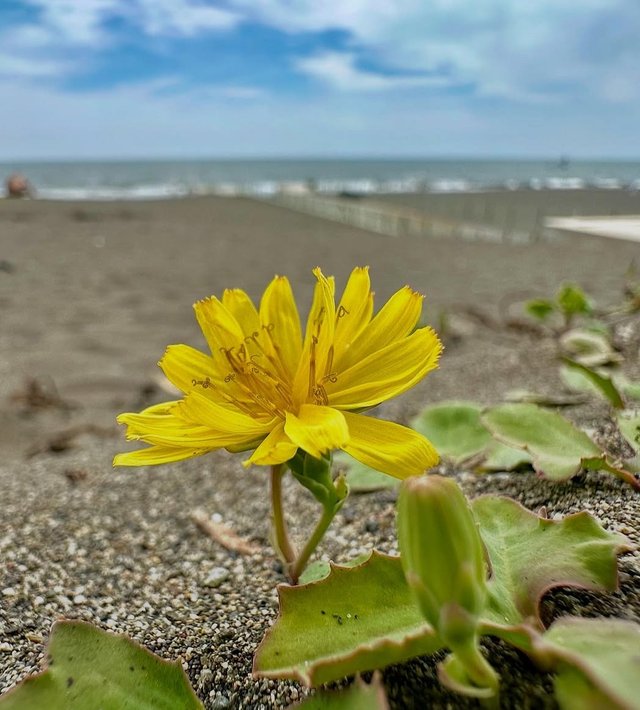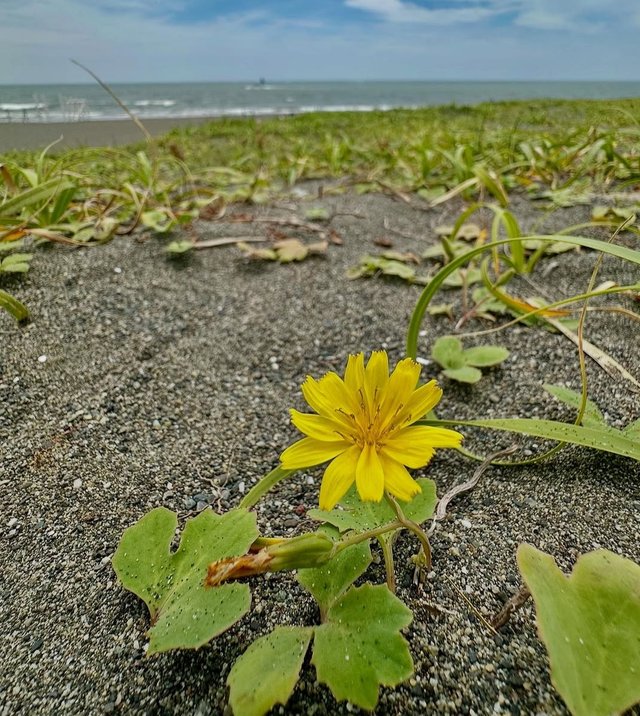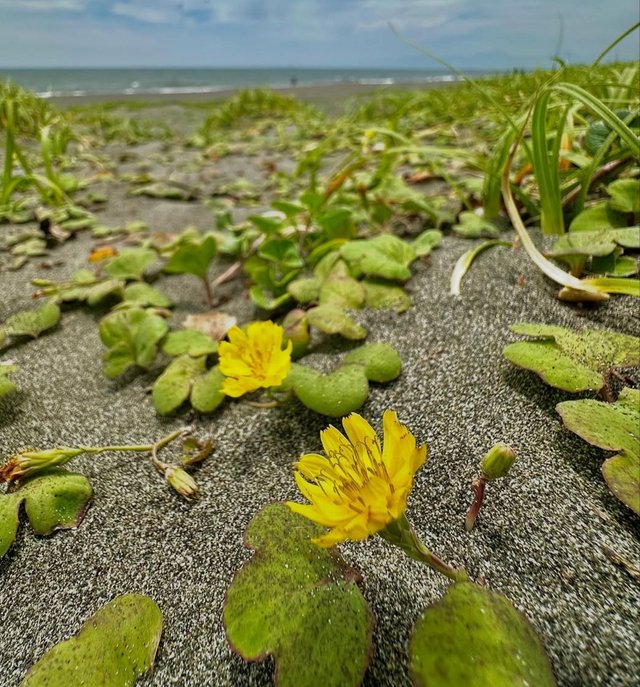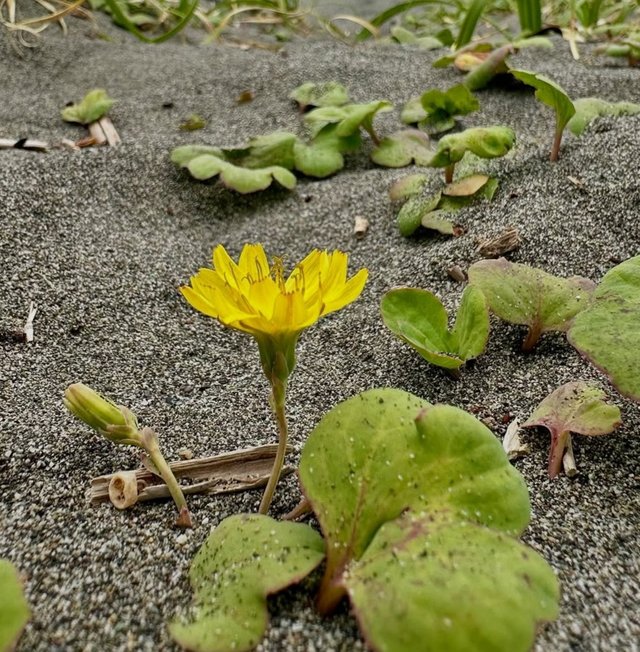Yellow Colour Crepidiastrum Sonchifolium Flower
Crepidiastrum sonchifolium: A Hidden Gem of East Asian Flora
Crepidiastrum sonchifolium, commonly known as Sonchus-leaved Crepidiastrum, is a lesser-known but ecologically and culturally significant species of flowering plant in the family Asteraceae. Native to East Asia—particularly Korea, China, and Japan—this plant has long held a quiet place in the ecosystems and traditional practices of the region. Although not as globally recognized as other wild greens or ornamentals, Crepidiastrum sonchifolium deserves a closer look for its botanical uniqueness, nutritional properties, and cultural relevance.
Botanical Profile
Scientific Classification:
Kingdom: Plantae
Order: Asterales
Family: Asteraceae
Genus: Crepidiastrum
Species: C. sonchifolium
This annual or biennial herb typically grows between 30 to 100 centimeters tall. It is characterized by its deeply lobed leaves that resemble those of Sonchus, hence the species epithet sonchifolium. The plant produces small yellow flowers from late summer to autumn, often blooming in clusters at the tips of branched stems. Its overall appearance is modest but graceful, fitting well into wild meadows, field edges, and mountainous clearings.
Ecology and Habitat
Crepidiastrum sonchifolium thrives in well-drained soils and open sunny areas, often found in foothills, grasslands, and disturbed ground. Its adaptive growth patterns make it an important component of secondary succession in its native ecosystems, contributing to soil stability and biodiversity. The plant plays a role in supporting pollinators like bees and butterflies, which are attracted to its bright composite flowers.
Ethnobotanical Uses
In Korea, Crepidiastrum sonchifolium is known as "Sonchwi", a type of “chwinamul”, which refers to a broad category of wild edible greens. It has been foraged traditionally and consumed as a seasonal delicacy, particularly in spring and early summer. The tender young leaves are commonly blanched and seasoned with sesame oil, garlic, and soy sauce to make namul—a staple side dish in Korean cuisine.
Beyond its culinary use, some Korean folk traditions associate the plant with cooling and detoxifying properties, aligning with broader East Asian concepts of balancing bodily energies through diet. While not a mainstream herbal medicine, its role in local diets and seasonal rituals reflects an enduring cultural relevance.




%20(7).jpeg)